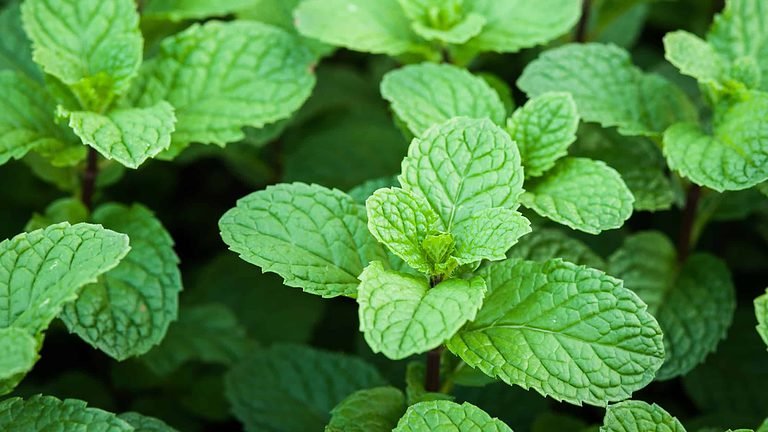7 Tips for Hair Regrowth
Experiencing thinning hair can be distressing, but various evidence-based lifestyle changes can help you achieve hair regrowth. Whether you’re dealing with female pattern hair loss (FPHL) or other types of hair loss, the following tips offer practical solutions for regrowing thinning hair.
What Constitutes Hair Loss?
On average, a healthy scalp has nearly 100,000 hairs, and losing about 100 hairs per day is normal. However, some people experience more significant hair loss or thinning hair, which can be concerning. Hair loss, including androgenetic alopecia (commonly known as female pattern hair loss or male pattern baldness), affects millions of people. Understanding the causes and treatments for hair loss can help you manage and potentially regrow your hair.
Androgenetic alopecia is one of the most common types of hair loss, affecting millions of people globally, including a significant number of men and women in India. It is generally known as female pattern hair loss (FPHL) in women and male pattern baldness in men.
In men, androgenetic alopecia often presents as a receding hairline forming an “M” shape. In contrast, FPHL in women causes thinning hair on the top of the head, resulting in a wider middle part but typically does not lead to complete baldness.
The exact causes of FPHL and male pattern baldness are not entirely understood, but genetics and hormone changes are considered major factors. Androgens, or male sex hormones, play a crucial role in controlling hair growth in both men and women. Elevated levels of androgens can shorten the hair’s growth cycle, leading to the production of shorter and thinner hairs.Conditions like polycystic ovary syndrome (PCOS), which involves a hormone imbalance and increased androgen levels, can heighten the risk of FPHL among women.
Understanding these underlying factors can help in managing and treating hair loss effectively. If you are experiencing significant hair loss, it is advisable to consult a healthcare provider to explore appropriate treatments tailored to your needs.
Tip to Regrow Thinning Hair
1. Reduce Stress for Hair Growth
Stress significantly impacts hair loss, leading to a condition known as telogen effluvium. Emotional and physical stress can cause hair to fall out in clumps, but this type of hair loss is often temporary. Managing stress through relaxation techniques such as yoga, meditation, and staying physically active can promote hair regrowth. Ensuring you get enough sleep and maintaining a positive outlook are also crucial for reducing stress-related hair loss.
2. Make Dietary Changes
A balanced diet rich in essential nutrients is vital for hair regrowth. Iron deficiency and protein deficiency are common causes of hair loss. Incorporating iron-rich foods like fortified cereals, beans, tofu, and low-fat dairy products like yogurt and paneer can support healthy hair growth. Additionally, leafy greens such as spinach, fenugreek (methi), and kale are excellent sources of iron. Protein sources like lentils, chickpeas, and quinoa also play a crucial role in maintaining healthy hair. Vitamin C-rich foods like citrus fruits, tomatoes, and bell peppers can enhance iron absorption, further aiding in hair regrowth..
3. Try Essential Oils for Hair Growth
Essential oils, such as pumpkin seed oil, rosemary oil, and tea tree oil, have shown promise in stimulating hair regrowth. Massaging these oils into your scalp can promote blood circulation and hair growth. However, it’s important to consult with a healthcare provider before using essential oils, as they can cause allergic reactions or other side effects in some individuals.
4. Be Gentle With Your Hair
Handling your hair gently is crucial for preventing further hair loss. Avoid hairstyles that tightly pull on your hair, such as ponytails or braids, which can cause traction alopecia. Use a gentle shampoo and conditioner, and avoid excessive brushing or pulling on your hair. Applying a leave-in conditioner or detangler can help minimize hair breakage and split ends.
5. Limit Bleaching and Coloring Your Hair
Frequent bleaching and coloring can damage your hair, exacerbating hair loss. Opt for hair dyes that are close to your natural color and avoid harsh chemicals. If you must color your hair, choose products with fewer damaging ingredients and always follow up with a deep-conditioning treatment to maintain hair health.
6. Avoid Excessive Heat Styling
Heat styling tools like blow dryers, curling irons, and straighteners can weaken hair, leading to breakage and hair loss. Whenever possible, let your hair air dry naturally or use a microfiber towel to absorb excess water. Reserve heat styling for special occasions and always use a heat protectant spray to minimize damage.
7. Treat Dandruff for Healthy Hair
Dandruff can cause itching and inflammation, which may lead to hair loss. Using dandruff-specific shampoos can help manage this condition and protect your scalp. Avoiding common dandruff triggers, such as cold weather and stress, can also reduce scalp irritation and support healthier hair.
By adding these tips into your daily routine, you can promote hair regrowth and improve the health of your hair. Remember, while some factors like genetics are beyond your control, lifestyle changes and proper hair care can significantly impact the thickness and strength of your hair. If you experience severe or persistent hair loss, consult a healthcare provider for personalized advice and treatment options.







